Haida 150mm Filter System Review Part 1
Author: PETER ZELINKA
For the past 3 years I've used Lee Filter's 100mm system on my lenses. When I purchased the Nikon 14-24mm, I needed a special filter system to work with the lens. After comparing 8 filter systems, it seemed that Haida Filters offered a good filter holder for a reasonable price. The Haida filter holder for the 14-24mm is currently $136, a bargain compared to many other brands. This includes their universal filter holder and the adapter ring for your specific lens. Haida also makes filter holders for most other wide angle lenses, including the Tamron 15-30mm and Rokinon 14mm. As photographers know all too well, sometimes saving some cash means sacrificing a lot of quality.
As I was looking into the Haida system, it was hard to find quality information or reviews in English. The main goal of this review is to explore the Haida system and provide as much information as possible.
*Throughout the review I link to galleries where you can scroll through the comparison images. I've enabled downloading for the full-res files, so you can verify them for yourself. The download icon will be visible at the top of the images for desktop browsers. For mobile users, scroll up. You will see an arrow in the upper right. Click the arrow, then 'Download'.
Since I plan to mainly use my 14-24mm for waterfalls, I decided to get the Polarizer and 6 Stop ND. With my new filters ready to go, I was excited to finally capture some long exposures with my wide-angle lens.
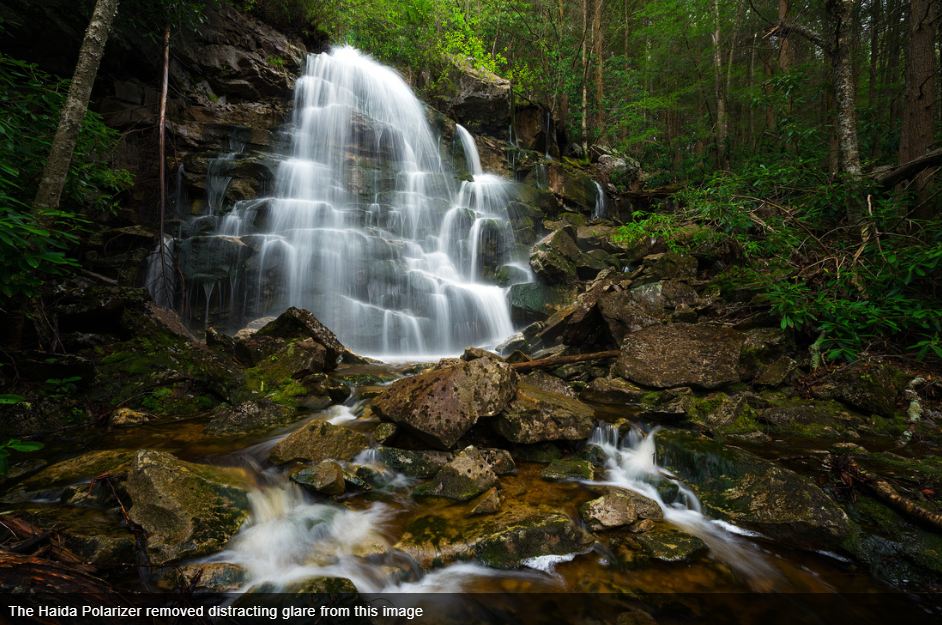
Performance in the Field
The first thing I noticed is how much larger these filters are compared to my 100mm system. The filters are nearly the size of my head! If you've never seen a 150mm system before, this is something to consider. You may find your current pack is too small to fit your filters and holder. Thankfully I had my Mindshift pack on me for this hike, plenty of space! Using the rotating waistbelt feature, I was able to safely attach my filter system in the middle of the creek!
With my polarizer attached, I began to photograph the creek I was walking in. By rotating the filter holder, I was able to dial in the polarizer and remove the glare. Since my shutter speed was still a bit too fast, I added the Haida 6 Stop ND Filter. This slowed the exposure down to 2 seconds, allowing me to show the movement of the water.
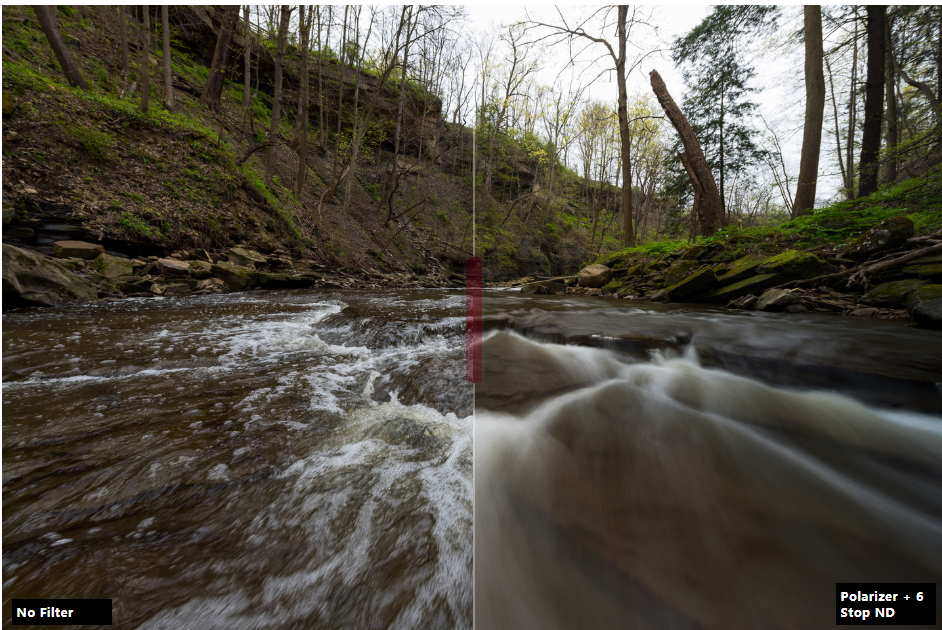
Occasionally some water would splash onto the filter, but a quick wipe with my microfiber cloth fixed the problem. Thankfully the Haida filters have a good coating that repels moisture and makes it easy to clean. As long as you have a microfiber cloth with you, the filters should be very easy to clean in the field. The glass filters are also scratch-resistant, according to Haida. I've used the filters for a few months now, and I haven't noticed any scratches yet. I did have one minor problem when using the filter system though.
November 2017 Update
This year I spent 3 months traveling across the country on a photography roadtrip. I had a lot of fun using the Haida Polarizer along the way! The Polarizer was essential on my trip to Yellowstone, with its stunning hot springs! I still love how well the polarizer works, even at such a wide angle. Normally, most people don't use a polarizer on lenses wider than 28mm. However, I have had great success using the Haida on my 14-24mm, especially when photographing hotsprings or waterfalls.
While I love how lightweight and compact the Haida 150mm Filter Holder is, I actually found myself using the Progrey G-150Z filter holder most of the time. The Progrey can be attached to the lens without taking it off the camera. However, the Progrey holder is much more expensive, bulkier, and heavier. With that being said, I was always using my Haida filters. I'm still incredibly pleased with how well they perform!
I remember photographing Lower Oneonta Falls, where a steady stream of mist will cover your filter in water droplets very quickly. I was so thrilled with how easy the Haida filters can be cleaned. Using just a simple microfiber cloth, the polarizer and 6 Stop ND would clean nicely without any streaking! I always had problems cleaning my Lee filters in the field, so this was a welcome change.
Now that I've used the Haida filters extensively for 3 months, I still highly recommend them to any photographer. The Haida filters are much cheaper than the competition and they perform better!
If you are using a polarizer, you need to rotate the filter holder around to find the best polarization angle. You will see two arrows on the different pieces of the filter holder. When the two arrows are aligned, the filter holder can be removed from the adapter ring. I had to be careful as I rotated the holder around, occasionally the two arrows would align and the filter holder would want to come off. Of course, if you are only using ND's or Grad ND's you don't need to worry, as you probably won't be constantly rotating the holder around. If you are using the polarizer, just make sure to pay attention.
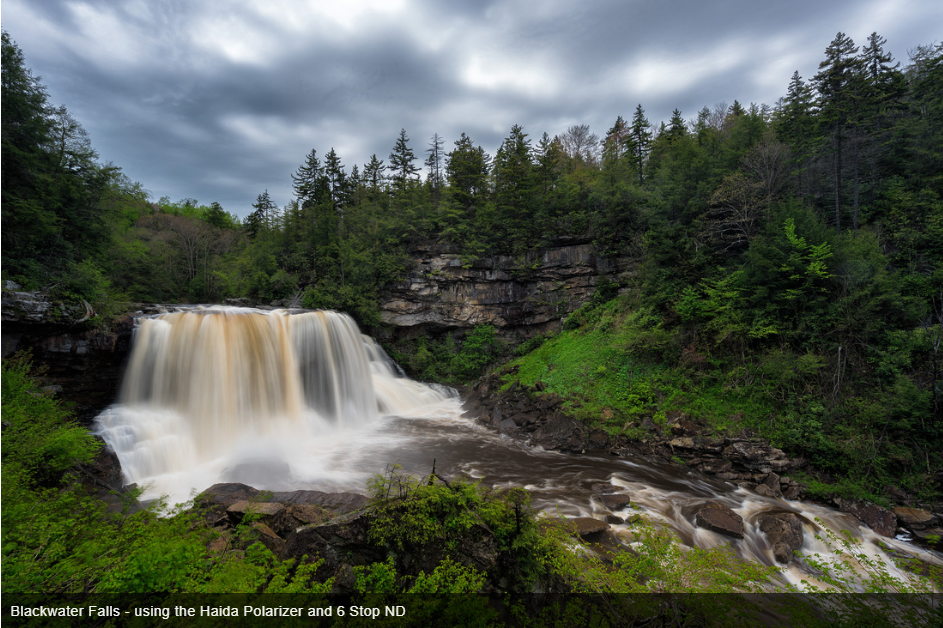
This year I spent 3 months traveling across the country on a photography roadtrip. I had a lot of fun using the Haida Polarizer along the way! The Polarizer was essential on my trip to Yellowstone, with its stunning hot springs! I still love how well the polarizer works, even at such a wide angle. Normally, most people don't use a polarizer on lenses wider than 28mm. However, I have had great success using the Haida on my 14-24mm, especially when photographing hotsprings or waterfalls.
While I love how lightweight and compact the Haida 150mm Filter Holder is, I actually found myself using the Progrey G-150Z filter holder most of the time. The Progrey can be attached to the lens without taking it off the camera. However, the Progrey holder is much more expensive, bulkier, and heavier. With that being said, I was always using my Haida filters. I'm still incredibly pleased with how well they perform!
I remember photographing Lower Oneonta Falls, where a steady stream of mist will cover your filter in water droplets very quickly. I was so thrilled with how easy the Haida filters can be cleaned. Using just a simple microfiber cloth, the polarizer and 6 Stop ND would clean nicely without any streaking! I always had problems cleaning my Lee filters in the field, so this was a welcome change.
Now that I've used the Haida filters extensively for 3 months, I still highly recommend them to any photographer. The Haida filters are much cheaper than the competition and they perform better!


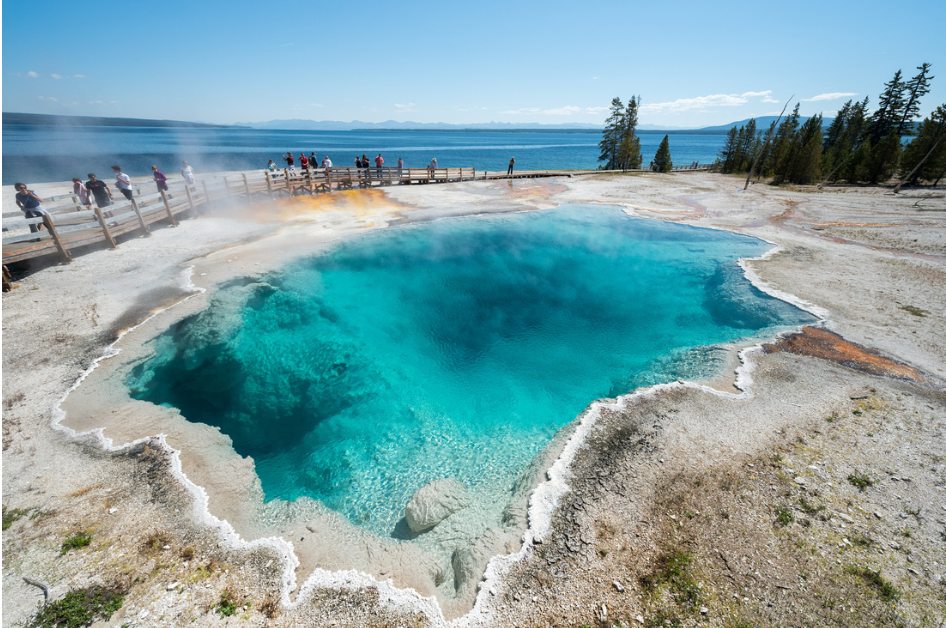

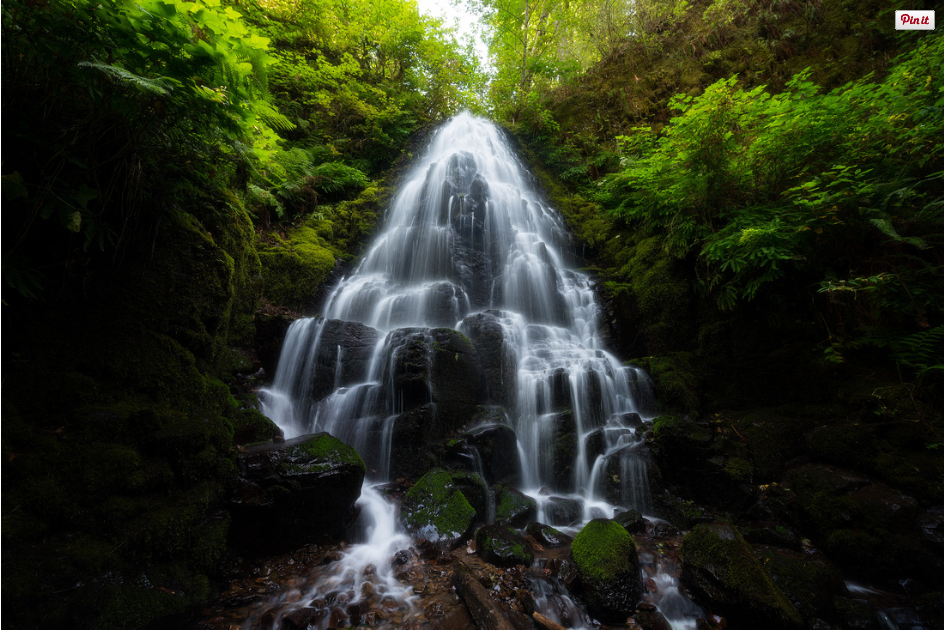
To be continued...
Related News
